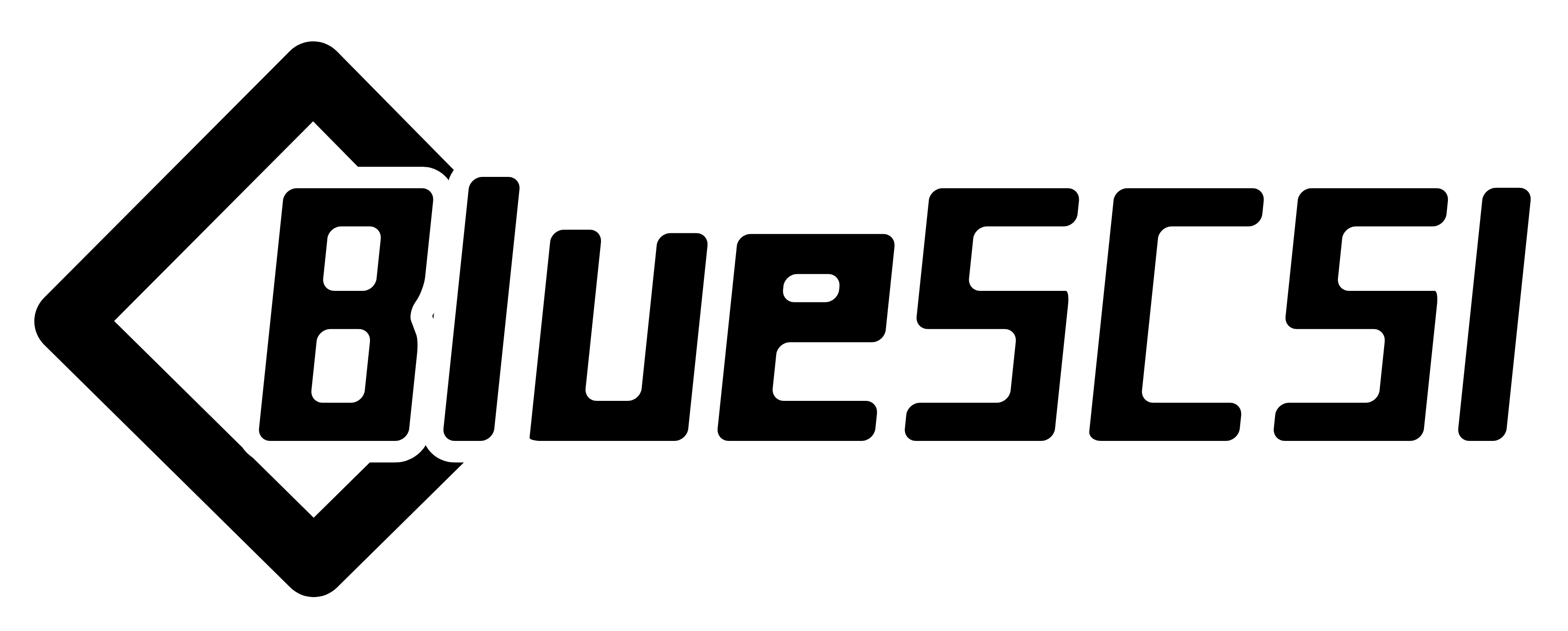-
Notifications
You must be signed in to change notification settings - Fork 37
Build it Yourself
BlueSCSI v2 is based on surface mount components. We suggest having a board house like JLCPCB assemble them for you and you do the through hole components.
Note: If you've ordered a kit to assemble from a seller, please refer to the Kit Assembly Instructions page.
Gerbers for all models can be found in the hardware/ directory. Please review the license before using.
While it is possible to hand assemble them, we recommend having a vendor like JLCPCB assemble them for you.
The BOM (Bill of Materials) and PNP (Pick and Place) files for each board are in the cc-nc-hardware folder as well.
Note: If you are using a service like JLCPCB to assemble and find something out of stock please head over to the Build It Yourself Discussions for possible substitutions.
-
Pico or Pico-W.
- Note: If you get a Pico H (headers) you may need to snip the plastic cross bars off to fit, or raise it slightly before soldering so the cross bars have a gap between them and the components below.
-
Headers for the Pico (they usually do not come with them)
-
50 pin right angle connector(2x25, 2.54 pitch)
-
Right angle berg connector
Note: You can substitute berg connector and 50pin connector with normal pin headers, but attention to polarity is required.
| Location | Part Number | Description | Quantity | Vendor | Cost |
|---|---|---|---|---|---|
| J2 | L717SDB25P1ACH4R | DB25 Jack PCB Mount | 1 | Mouser | $2.58 |
| Location | Part Number | Description | Quantity | Vendor | Cost |
|---|---|---|---|---|---|
| Various | 10129378-920001BLF | Pin Headers | 1 | Mouser | $0.43 |
| Various | 609002115121 | Jumpers | 5 | Mouser | $0.30 |
| J2 | 75867-108LF | 50 Pin IDC connector 90deg | 1 | Mouser | $2.27 |
| J3 | 171826-4 | 4 Pin Berg Power Connector | 1 | Mouser | $0.58 |
-
Solder the 50 pin connector and 4 pin berg.
-
Solder the headers to the Pico.
-
Optional: Solder pin headers / sockets to the BlueSCSI board if you would like to remove the Pico.
-
Solder the Pico or sockets to the board. The Pico's USB port should match the direction of the arrow printed on the PCB.
Tip: To get correct alignment, tack on the four corners of the Pico first. Heat up one corner and push down to ensure it is snug and straight. Repeat this for the bottom pins.
-
Install pins for jumpers. You should at minimum install and add jumpers to
PWR_ON,Initiator/Target, andTRM_ON. A full list of all board level options can be found at Board-Jumpers-&-Config. -
Inspect your work. Look for any solder balls, bridges, or poor/missed connections.
-
Power the BlusSCSI via the Pico's USB with no SD card inserted. The BlueSCSI PCB's power LED should light up and the Pico's LED should be flash 5 times in a pattern.
-
Insert an FAT32 or exFAT formatted SD card. If the flashing pattern changes to 3 times this means you have no disk images on the SD card, but it was able to read and detect the SD card. The flashing will stop when it finds a valid disk image.
-
Make sure your computer passes the compatibility requirements (some systems may require a special
.inifile in the root of the SD card) by reading here: Compatibility -
Now try booting it in your vintage computer!
